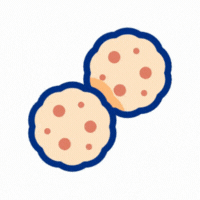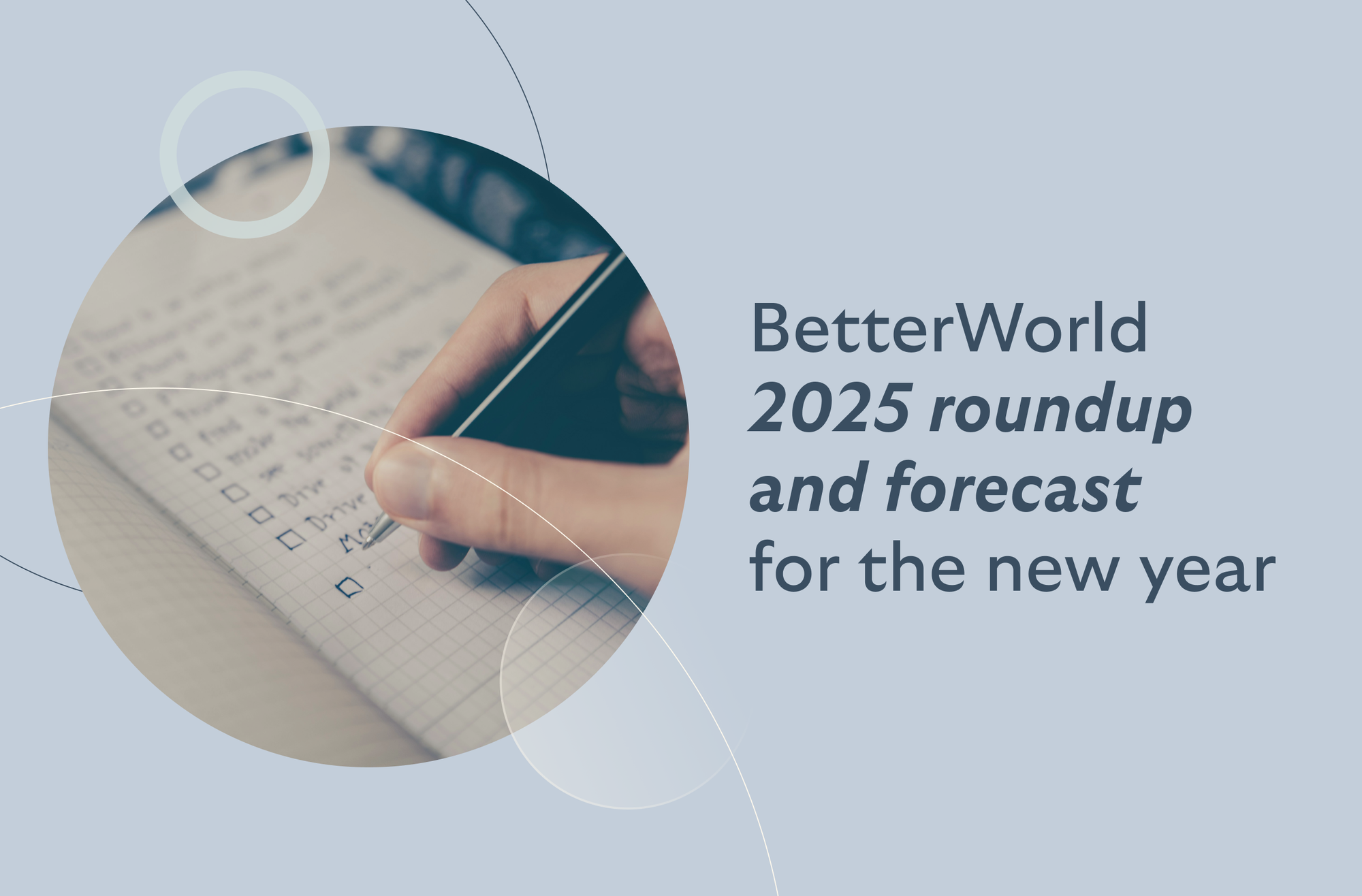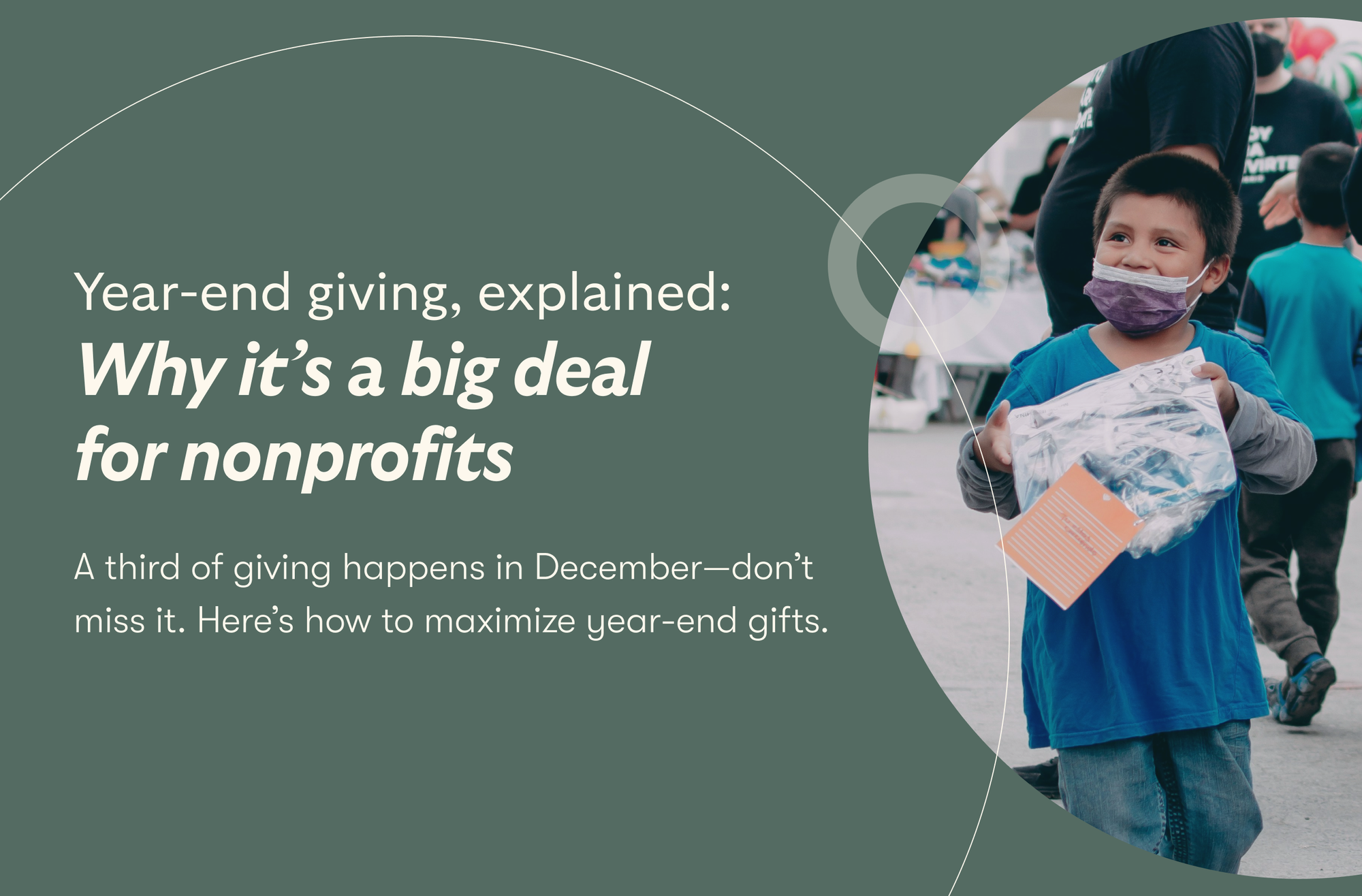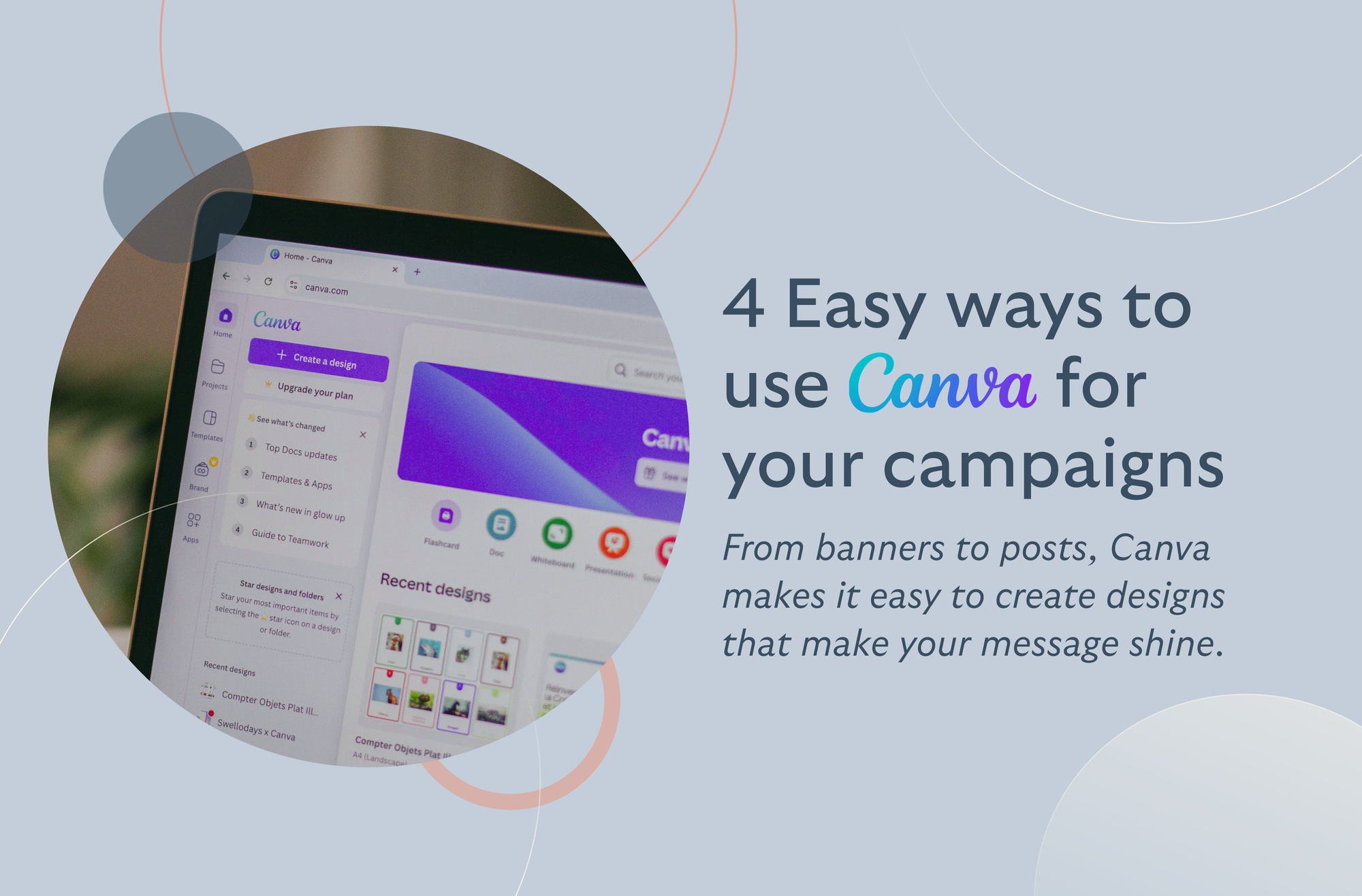Select and customize the fundraising method best suited for your organization
BetterWorld seamlessly integrates with both online and in-person auctions
Impress donors with creative raffle items and elegant online raffles
Create attractive donation pages that maximize donor impact and boost online giving
10 Expert Donor Retention Strategies for Nonprofits
By Colin Hunter
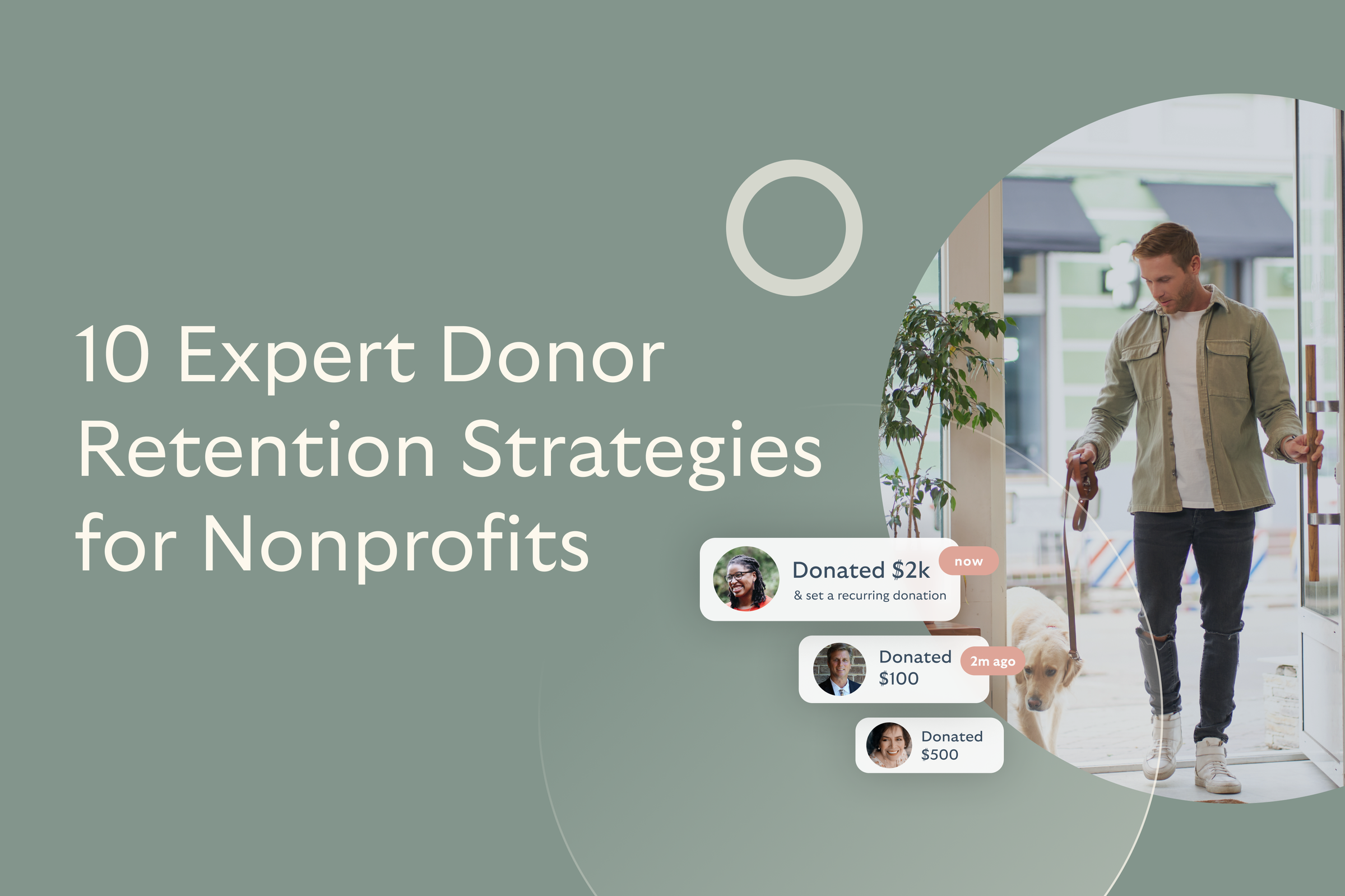
Did you know nonprofits typically retain only about 45% of their donors each year? That means more than half of your supporters quietly slip away, and you have to work even harder to replace them.
But it doesn't have to be this way. Even a 1% improvement in retention can mean thousands of additional dollars for your organization without needing to find new donors. With the right donor retention strategies, you can build lasting relationships, keep your current supporters loyal, and secure more funding over time.
Here are 10 practical and proven ways to turn one-time donors into lifelong friends of your cause.
What Is Donor Retention?
Donor retention is the practice of keeping your existing donors coming back year after year. It’s about building strong, ongoing relationships instead of constantly chasing new donors. Think of it like making friends: you don't just meet someone once and then never talk to them again. If you want the friendship to last, you have to stay connected and show you care.
When you retain donors, you’re not just holding onto funding—you’re building trust and community.
Why Donor Retention Matters
Investing in donor retention strategies helps nonprofits grow and stay financially stable.
Here’s why it matters:
- Lower fundraising costs – Acquiring new donors is expensive. Nonprofits spend an average of $1.50 per dollar raised to attract a new donor but only $0.20 per dollar raised to keep an existing one.
- Steady funding – Retained donors provide reliable support, making planning programs and services easier.
- Stronger relationships – Loyal long-term donors feel more connected to your mission, leading to deeper engagement.
- Higher lifetime value – A repeat donor typically gives more over time than a one-time donor. Donors who give regularly contribute 42% more per year than those who make a single donation.
- Positive word-of-mouth – Engaged donors are more likely to share your cause with friends and family.
- Increased recurring giving – Retained donors will likely sign up for monthly contributions.
- Less pressure on fundraising teams – Donor Retention reduces the need for constant outreach.
- More predictable budgeting – Knowing how much funding you can expect makes financial planning easier.
- Greater impact – A loyal donor base allows your nonprofit to expand programs without worrying about funding gaps.
- Higher engagement in other areas – Retained donors are more likely to volunteer, advocate, or participate in events.
1.Personalize Your Communication
Generic messages don’t build relationships. Keeping donors engaged starts with making them feel valued. Personalizing your outreach shows. donors that they matter.
Customize Messages
Use a donor’s name and reference their past gifts. Instead of saying, “Thank you for your donation,” try something like, “Lisa, your support last year helped provide 50 meals to families in need.”
Emails with personalized subject lines get opened 26% more often. Personalization is one of the most effective donor retention strategies nonprofits can use to build lasting relationships.
Donor-Specific Content
Send relevant updates. Share content aligned with what a donor supports–educational programs, environmental efforts, etc. =Donors who see content that reflects their interests feel a stronger connection to your nonprofit.
Personalized communication doesn’t take much effort, but it makes donors feel appreciated—and that’s key to keeping them engaged. A small detail can make a big impact!
2. Say Thank You (and Mean it)
Appreciation is simple, but powerful. A personalized thank-you communicating your appreciation is one of the most effective donor retention best practices that nonprofits can follow.
Timely Thank-You Notes
Sending a quick and sincere thank-you message right after a donation shows that their support matters.
A good thank-you message should be:
- Prompt: Send it within a few days of receiving the donation.
- Personal: Use the donor’s name and mention their contribution.
- Specific: Let them know how their donation helps.
Example:
"Sarah, your donation helped provide school supplies for 30 students. Thank you for making education more accessible!"
A well-written thank-you can even encourage future giving. In fact, 45% of donors said that receiving an outstanding thank-you letter inspired them to donate again.
Public Recognition
Some donors appreciate a little public acknowledgment. Recognizing them in a respectful way can strengthen their connection to your nonprofit.
Here are a few simple ways to do this:
- Newsletters: Feature donor stories or highlight contributions.
- Social Media: Give a shout-out to groups or businesses that support your cause.
- Events: Mention key donors during fundraising events or send them a small token of appreciation.
Not every donor wants public recognition, so it’s always a good idea to ask first. A simple, private thank you or a thoughtful note can sometimes mean just as much.
3. Show the Impact
One of the most effective donor retention ideas is clearly showing the impact of donations. When people can see the results of their giving, they are more likely to stay involved.
Share Real-Life Stories
Storytelling is one of the best ways to help donors see the impact of their generosity. A real story about a person, family, or community that benefited from their support makes the difference feel personal. For example, instead of saying, "Your donation helped provide meals," try something like, "Maria, a single mother of two, no longer worries about her children going hungry because of your support." Small details make the impact feel real.
Here are some easy ways to share stories:
- Emails: Send a quick update with a short story and a picture.
- Social Media: Post a video or quote from someone who received help.
- Newsletters: Highlight a success story with a before-and-after moment.
Struggling to keep donors engaged? Curious What Donor Retention Rate Is and how to improve it? Click to read more.
Financial Transparency
People want to trust that their donations are being used wisely. Clarifying how funds are spent builds trust and encourages continued support.
Some easy ways to do this include:
- Simple Visual Reports: Use pie charts or infographics to break down spending.
- Impact Updates: Show how a certain amount of money helped, like "$50 provided 10 school lunches."
- Annual Reports: Share an easy-to-read summary with key numbers and outcomes.
Clear reporting and real stories go hand in hand. When donors see both, they feel confident that their giving matters. Strong donor retention strategies always include showing appreciation and impact together.
4. Offer Diverse Engagement Opportunities
Donating isn’t the only way people can be involved. Why not give donors more ways to connect with your nonprofit and help them stay engaged beyond financial support?
Volunteer Roles
Invite donors to volunteer and let them see your work up close. This will give them a chance to connect with your mission in a hands-on way, making them feel even more invested.
Here are a few ways to involve donors:
- Community events – Ask donors to help organize or run a booth at a fundraiser.
- Advisory boards – Offer leadership roles where they can share their expertise.
- Service projects – Let them volunteer directly with the people or causes they support.
Not every donor can always give money, but many will jump at the chance to contribute their time and skills.
Exclusive Events
Hosting events just for donors is a great way to show appreciation and keep them engaged. These events don’t need to be expensive or formal—just meaningful.
Consider:
- Behind-the-scenes tours – Show donors where their money goes with a guided visit.
- Meet-and-greet gatherings – Let donors connect with nonprofit leaders or beneficiaries.
- Q&A sessions – Give them a chance to ask questions and provide input.
Make donors feel part of an inner circle to strengthen their commitment to your cause.
Encourage Advocacy
Some donors want to do more than give—they want to be a voice for the cause. Encouraging them to participate in advocacy efforts helps spread awareness and deepens their connection to your nonprofit.
Ways to get donors involved:
- Petitions and letter-writing campaigns – Provide templates for easy participation.
- Social media engagement – Ask them to share important updates with their networks.
- Policy meetings or rallies – Invite them to events that support your mission.
When donors take action beyond giving, they become long-term supporters. One of the best donor retention strategies for building lasting relationships is providing different ways to stay involved.
5. Simplify the Donation Process
If donating feels complicated, supporters won’t follow through. Make the process simple and convenient to keep donors engaged. A smooth giving experience is one of the overlooked donor retention strategies that can make a big impact.
Easy-to-Use Donation Forms
A donor shouldn’t struggle through a long or confusing form just to give. The easier it is, the more likely they are to complete their donation and come back to give again.
Here are a few ways to make donation forms more user-friendly:
- Keep it short – Only ask for essential details like name, email, and payment info.
- Make it mobile-friendly – Many donors give from their phones, so forms should be easy to complete on any device.
- Offer multiple payment options – Let donors choose between credit cards, PayPal, Apple Pay, or ACH transfers.
Pro Tip: Use BetterWorld’s Free and Easy-to-Use Donation Forms and keep all the funds you raise! Request a demo now.
Recurring Donation Set-Up
Recurring donations make giving easier for donors and provide steady support for your nonprofit. Offer an automatic giving option that makes it simple for them to stay involved.
Try BetterWorld’s robust suite of charity & nonprofit fundraising tools for FREE!
Benefits of recurring donations include:
- Convenience – Donors can set it and forget it, knowing their support continues automatically.
- Increased retention – Supporters who sign up for monthly giving are more likely to stay engaged long-term.
- Predictable funding – Your nonprofit gets consistent support, making it easier to plan programs.
Pro Tip: Keep donations flowing by offering donors the option to give once, monthly, or annually with BetterWorld’s Online Donation Platform. Sign up today for free!
6. Listen to Donor Feedback
Another key donor retention strategy is asking and acting on donors' feedback. When donors see their input leading to real change, they will stay engaged.
Collect Feedback
A simple survey can tell you a lot about what donors appreciate and what might need improvement. The key is to keep it short and focused.
Here are a few easy ways to gather donor feedback:
- Post-Donation Surveys – Ask a couple of quick questions after someone gives.
- Annual Feedback Forms – Send out a short survey to understand overall donor satisfaction.
- Personal Check-Ins – Reach out to key donors with a quick email or call to hear their thoughts.
Instead of a lengthy questionnaire, try something simple:
"What made you decide to donate? Is there anything we can do to improve your experience?"
The easier it is to respond, the more likely donors will share their thoughts.
Communicate Changes Clearly
Feedback means nothing if donors never see the results. When you make improvements based on donor input, share that openly.
Here’s how to show donors their voices matter:
- Update them in emails or newsletters: “Many of you asked for an easier donation process, so we simplified our online form.”
- Highlight donor suggestions: “Thanks to your feedback, we added more volunteer opportunities.”
- Acknowledge individual input: A personal thank-you message works well here too.
7. Re-Engage Lapsed Donors
Just because someone stopped giving doesn’t mean they’re gone for good. Many supporters stop giving simply because they don’t feel recognized or connected.
Nearly 50% of donors either stop donating or give less because they feel their generosity isn’t acknowledged. A little effort can bring them back.
Personal Outreach
A direct, thoughtful message can remind past donors why they supported your nonprofit in the first place. Instead of sending a generic “We miss you” email, make it personal.
Here’s how to reconnect in a meaningful way:
- Personalized Emails – Address them by name and mention their last donation.
- Handwritten Notes – A short thank-you letter can make them feel appreciated.
- Quick Phone Calls – A friendly check-in to update them on the impact of their past support.
Example:
"Hi Mike, we wanted to share how your past donation helped provide books to 100 students last year. Your support made a difference, and we’d love to have you as part of our mission again."
Special Re-Engagement Campaigns
Sometimes, lapsed donors just need a fresh reason to give. A well-planned campaign can remind them why your cause matters.
Here are a few ideas:
- Impact Update Emails – Show them what’s changed since they last donated.
- Matching Gift Challenges – Encourage them to give again with a limited-time match.
- Exclusive Donor Events – Invite past donors to a special appreciation event.
Reconnecting doesn’t have to be complicated. A small gesture can reignite a donor’s connection. Pro Tip: Make the most of BetterWorld’s Free, Modern Fundraising Tools to re-engage donors.
8. Use Donor Data Analytics
Understanding donor behavior helps nonprofits build stronger relationships and tailor outreach. . Using data correctly is one of the smartest donor retention strategies.
Identify Donor Patterns
Knowing when and how donors give helps you plan better outreach. Instead of guessing, use donor management software to track trends.
Read our guide on What is a Donor Management System to find out everything.
To make the most of donor data:
- Look at the donation frequency – Who gives once a year? Who donates monthly?
- Track average gift size – This helps personalize future asks.
- Check engagement levels – Are some donors opening emails but not giving? They might need a different approach.
Adjust Your Approach
Once you see donor trends, use that information to refine your strategy.
- If donors give annually, send reminders a few weeks before their usual donation time.
- If engagement is dropping, try a personal email or update to reignite interest.
- If someone only donates to specific campaigns, tailor messages to match their interests.
Data can help you connect with donors in ways that feel natural and personal. Tracking patterns and making small adjustments can turn one-time donors into long-term supporters.
9. Offer Donor Incentives
One of the easiest donor retention best practices is to provide donor incentives. Offering simple rewards makes donors feel valued and encourages them to stay connected.
Offer Simple Rewards for Continued Support
The key to incentives is to keep them meaningful without making it feel like a transaction.
Here are some easy incentive ideas:
- Branded items – Tote bags, mugs, or T-shirts with your nonprofit’s logo.
- Exclusive updates – A special newsletter with behind-the-scenes content.
- Early event access – VIP entry to fundraising events or meet-and-greet opportunities.
- Discounts – Partnerships with local businesses that offer perks to donors.
A simple handwritten note with a small gift can make donors feel special. The goal is to show appreciation, not to make giving feel like a transaction.
Create Loyalty Levels
A donor loyalty program can encourage continued support while making donors feel like part of something bigger. Recognizing different levels of giving helps people see the value of their contributions.
A simple loyalty system might look like this:
- Supporter ($10/month) – Name listed in the annual impact report.
- Advocate ($25/month) – Special updates and early access to events.
- Champion ($50/month) – Personalized thank-you gift and direct updates from leadership.
Making donor contributions visible—through a recognition wall, event shoutouts, or milestone badges—encourages people to keep giving. When donors feel their contributions matter, they are more likely to stay engaged for the long haul.
10. Keep Staff Engaged With Retention Goals
Donor retention isn’t just for your fundraising team. When staff members understand their role in keeping donors engaged, retention rates improve. Making donor loyalty a team effort is one of the smartest donor retention strategies nonprofits can use.
Train Your Team
Not every staff member interacts with donors daily, but they should all understand why donor retention matters. A little training can help everyone contribute to a culture of appreciation and engagement.
Ways to make training simple and effective:
- Hold short team meetings to explain the impact of donor retention.
- Share talking points so staff can confidently answer donor questions.
- Encourage donor appreciation by making thank-you calls or writing personal notes.
When the staff knows how to engage donors, every interaction becomes an opportunity to strengthen relationships.
Share Updates Regularly
Keeping retention goals visible. If your staff only hears about retention once a year, it’s easy to forget. Regular updates keep the team motivated and invested in the process.
Ways to keep donor retention a priority:
- Monthly progress reports – Share simple updates on donor engagement rates.
- Success stories – Highlight moments when donor appreciation efforts worked.
- Small team incentives – Recognize staff members who go the extra mile in donor relations.
Remember, when the staff stays involved in the process, donors feel more connected to the organization as a whole.
Keep Donors Engaged for the Long Run
Donor retention is all about building a community that believes in your cause.
Think of it as hosting a gathering: when guests feel welcomed, appreciated, and included, they’ll come back–and bring others.
Strong donor retention strategies aren’t complicated. It’s about consistent, thoughtful communication that shows people they matter. When you build real connections, donors won’t just give again—they’ll stay, advocate, and become lifelong partners in your mission.

Join 105,000+ amazing nonprofits, organizations, and fundraisers on BetterWorld

Let our FREE fundraising tools help you raise more funds with less effort
